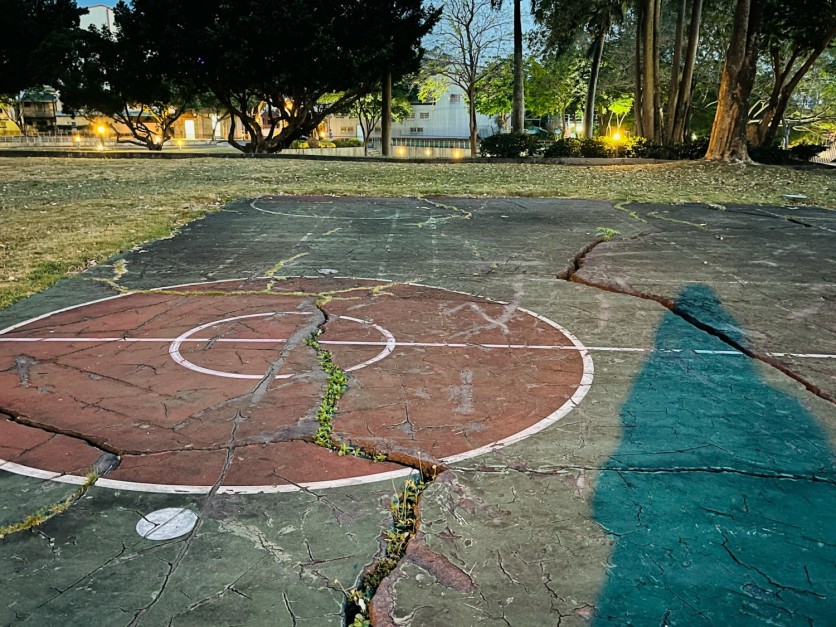A group of researchers from the California Institute of Technology (Caltech) has unveiled a pioneering method to measure soil moisture in the vadose zone-the shallow region between the earth's surface and underground aquifers where plant roots access water.
According to the team, this innovative technique uses seismic technology, typically reserved for detecting ground shaking during earthquakes, to gauge moisture levels by measuring the speed of vibrations through the ground.
Utilizing Seismic Vibrations for Soil Moisture Detection

Traditionally, soil moisture levels have been monitored using satellite imaging, which offers only low-resolution averages and cannot penetrate beneath the surface. Additionally, moisture levels in the vadose zone can fluctuate rapidly due to weather events like thunderstorms.
The new method developed by Caltech's team, led by seismologist Zhongwen Zhan, overcomes these limitations by employing distributed acoustic sensing (DAS), according to Interesting Engineering.
Related Article : Japan's Recent Earthquake Swarm Raises Seismic Concern, with MIT Professor Investigating the Enigma
How Distributed Acoustic Sensing Works
DAS involves directing lasers into unused underground fiber-optic cables, similar to those used for internet services. As seismic waves or vibrations pass through the cable, they cause the laser light to bend and refract.
By measuring these changes, researchers can gather detailed information about the passing waves, effectively turning a 10-kilometer cable into a series of thousands of conventional seismic sensors. This allows for precise and real-time monitoring of soil moisture.
Case Study: The Mojave Desert
Following the 2019 Ridgecrest earthquake in California, Zhan's team deployed a DAS array to measure aftershocks.
In collaboration with hydrologist Xiaojing Fu, they discovered that this setup could also track changes in underground vibrations related to soil water content.
Over five years, they collected data that revealed significant moisture variations in the vadose zone, particularly during California's historic drought from 2019 to 2022.
Implications for Water Management
Real-time measurement of vadose zone moisture is crucial for effective water management and conservation. This new method offers a detailed and dynamic view of soil moisture levels, allowing for better irrigation practices and resource management.
Furthermore, the technology could be particularly beneficial in regions with fluctuating water supplies, such as agricultural areas relying on both rainfall and irrigation.
Expanding the Technology Beyond Desert Regions
The researchers plan to extend the use of this technology beyond desert regions.
"We know this method works really well for this particular site. Many other interesting regions with the same climate could have different hydrological processes, like central California, where farming operations withdraw water, but the region also receives snowmelt from the Sierra Nevada mountains," Fu says.
Advancements in Soil Moisture Mapping
This method is part of a broader effort to innovate soil moisture measurement techniques.
Recently, NASA launched the Signals of Opportunity P-Band Investigation (SNoOPI) mission, which employs a low-noise radio receiver to measure root-zone soil moisture using radio signals from commercial satellites. Such advancements highlight the increasing importance of precise soil moisture monitoring for agricultural and environmental management.
Caltech's innovative seismic technique is indeed a game-changer in soil moisture measurement. By leveraging everyday seismic vibrations, this method provides a more detailed, accurate, and real-time understanding of soil moisture levels in the vadose zone.
This breakthrough has the potential to revolutionize water management practices, particularly in regions with variable water supplies. To learn more about the study, visit Nature Communications.





